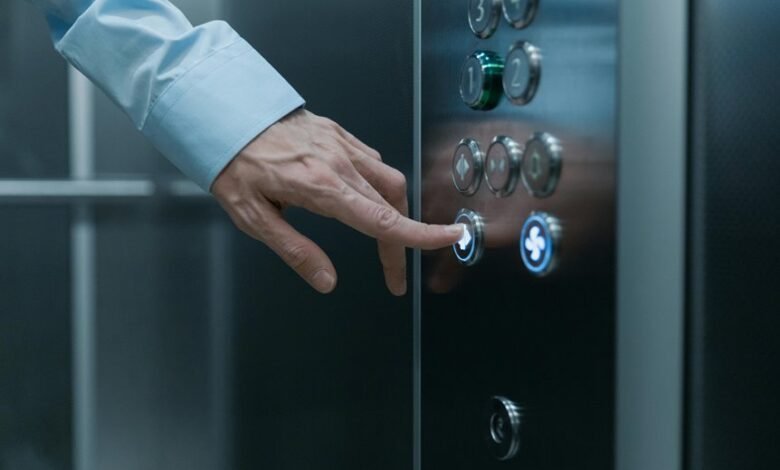2103210106 Missed Call Follow-Up Frequency

The frequency of follow-ups for missed calls, like that of 2103210106, plays a crucial role in communication effectiveness. Studies indicate that outreach within 24 to 48 hours can boost response rates by as much as 30%. Furthermore, the personalization of these messages can significantly enhance engagement levels. Understanding these dynamics is essential for fostering trust and improving dialogue. What strategies can be implemented to optimize this follow-up process?
Understanding the Importance of Follow-Ups
Although many individuals may underestimate the impact of follow-ups, research indicates that timely and strategic follow-ups can significantly enhance communication effectiveness and relationship building.
Understanding the follow-up psychology reveals that consistent engagement fosters trust and openness.
Effective communication strategies, grounded in data, demonstrate that follow-ups not only encourage dialogue but also empower individuals, aligning with their intrinsic desire for freedom in relationships.
Best Practices for Timing Your Follow-Ups
Effective follow-up timing can significantly influence the outcome of communication efforts, with studies suggesting that a well-timed follow-up can increase response rates by up to 30%.
Establishing appropriate follow-up intervals is crucial; the optimal timing often falls within 24 to 48 hours post-initial contact.
Adhering to these best practices enables individuals to maximize engagement and foster meaningful connections, ultimately enhancing communication effectiveness.
Personalizing Your Follow-Up Communication
When tailoring follow-up communication, personalizing messages can significantly enhance the likelihood of a favorable response.
Data reveals that tailored messages aligning with recipient preferences yield higher engagement rates.
By addressing individual needs and utilizing relevant data, communicators can foster a sense of connection and trust.
This strategic approach not only respects the recipient’s autonomy but also encourages a more meaningful dialogue.
Measuring the Effectiveness of Your Follow-Up Strategy
Personalizing follow-up communications sets the stage for assessing the overall effectiveness of a follow-up strategy.
By analyzing follow up metrics, organizations can determine which approaches yield the highest response rates. This data-driven approach empowers businesses to refine their strategies, ensuring that every interaction resonates with recipients.
Ultimately, optimizing follow-up tactics contributes to enhanced engagement and greater freedom in achieving desired outcomes.
Conclusion
In conclusion, the strategic timing and personalization of follow-up communications for missed calls, such as 2103210106, are critical for fostering engagement. Research underscores the effectiveness of reaching out within a 24 to 48-hour window, akin to sending a telegram in the age of instant messaging. By consistently applying these best practices, organizations can significantly enhance response rates and build stronger relationships, ensuring that communication remains as effective as a well-timed smoke signal in a digital world.
